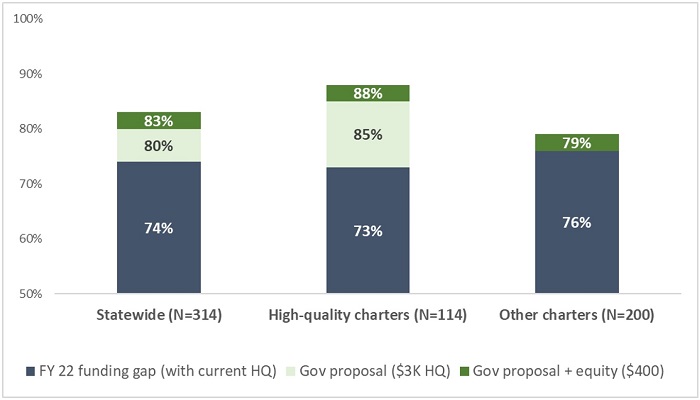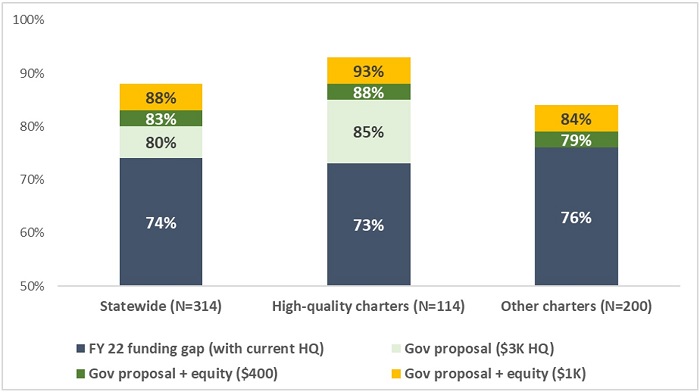- We’ll start today with some good news that is probably easy to miss. Tucked into the new contract negotiated between Columbus City Schools and its support service employees union is this tiny gem: “The contract requires the board to employ at least 90 full-time bus drivers, an increase from the 70 required by the previous contract. A district spokesperson said to fill the 20 more positions by the contract’s Aug. 1 start date, the most senior 5-hour bus drivers will be offered the 8-hour jobs.” Given the discussion around all the other points, I’m sure that the parties believe the big win here is “more union employees”. But I reckon that by making more bus driver jobs into true full-time positions (remember the five-hour version of the job is morning and late afternoon work with a big hole in the middle—an unthinkable schedule for most), many of the well-publicized issues the district had in crewing their buses and hiring new recruits will be alleviated. As if by magic. We haven’t heard about meal prep shortages as loudly as busing woes, but food service managers will also become 8-hour employees in the district due to these new contract changes, which also seems like a good idea that should probably have occurred to someone way before now. (NBC4i, Columbus, 6/23/23)
- Speaking of union victories (were we, really?), teachers in Akron City Schools are reporting that the student cellphone lockup pilot program they championed last school year was an “overwhelming” success. Just ask them—they’ll tell you. Thus the elected school board will likely vote next week to spend hundreds of thousands of dollars to buy more hardware to greatly expand the program for the next three years. Their evidence is subjective and circumstantial as presented here, in my estimation, and I can virtually guarantee that no hard attendance or test score data will ever be connected to this effort one way or another. But I don’t think that was ever the plan anyway. Despite my sourness on the scheme, however, the dope technology that powers these magnetic envelope thingies fully receives this nerd’s seal of geeky approval. (Akron Beacon Journal, 6/23/23)
- Play it again, Sam. Members of Ohio’s House of Representatives really are serious about trying to eliminate the retention provision of the state’s Third Grade Reading Guarantee, despite evidence that shows it works to boost young readers’ skills in many states where it has been implemented…including Ohio. If by chance their effort to eliminate retention via the budget bill is unsuccessful, they approved HB 117 earlier this week to do the same thing. The hits just keep on coming. (Cleveland.com, 6/21/23)
- As I predicted, the only place we were going to hear about the outcome of the State Auditor’s effort to survey public schools on their participation (or not) in the voucher groucher lawsuit was Gongwer. To wit: The second deadline for voluntary responses passed on June 9, after which more than 230 districts and schools remained unresponsive, and there were way too many folks who reported being “unsure” about their participation despite a pretty clear cut We Did Vote to Participate and Send Money to the Grouchers’ Lawyers/We Did Not Vote to Participate and Send Money to the Grouchers’ Lawyers dichotomy. Phone calls to the non-responders—and even subpoenas served to 17 particularly reluctant/“unclear” schools—concluded the initial information gathering phase. What were the results after all this ado? You can check out the full details from the Auditor’s office here. (Gongwer Ohio, 6/20/23)
Did you know you can have every edition of Gadfly Bites sent directly to your Inbox? Subscribe by clicking here.











